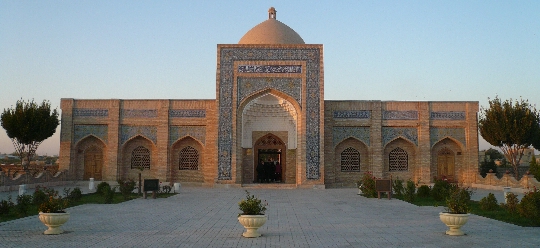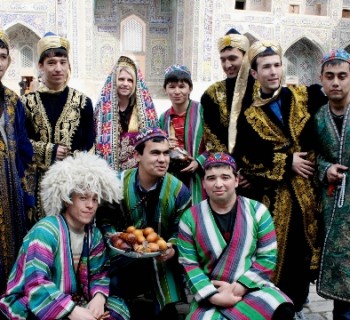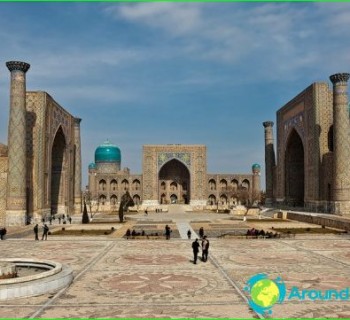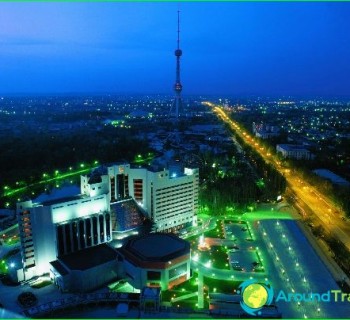Suburbs of Bukhara

The cultural layer on the territory of this Uzbek city is about two dozen meters - it is at this depth that archaeologists find here the remains of buildings and structures, ancient coins, utensils and dishes dating from at least the 4th century BC. In the suburbs of Bukhara, many ancient sights have also been preserved, to which the interest of all tourists visiting Uzbekistan is invariably high..
Gray-haired guardian of times
This suburb of Bukhara received the status of a city in the 80s of the last century, but it was founded many centuries before that in the 7th century. The heyday of Vabkent fell on the era of the Karakhanids, a Turkic dynasty that ruled from the 9th to the 12th century. It was then that a magnificent mosque was built, from which today only a minaret remains. The height of the majestic structure reaches almost forty meters, and its facing is made of polished stones of the regular shape, laid out in a checkerboard pattern like brickwork. The inscription at the very top is made of carved terracotta. It says that the minaret in the suburb of Bukhara was built by the supreme Bukhara official in 1199 AD.
In the footsteps of the dervish order
Muslim ascetic monks were called dervishes, and their refuge in Uzbekistan was located in the suburbs of Bukhara, five kilometers west of its center. The village is called Sumitan, and its main architectural landmark is now included in the UNESCO World Heritage List..
The architectural complex Chor-Bakr is a necropolis, the construction of which began at the time of the Samanids in the 9th century AD. The necropolis "Four Brothers" is the burial place of Abu Bakr Saad, a descendant of the prophet according to local beliefs. Once this man founded the dynasty of Djuybar sayyids.
The city of the dead is called a necropolis, which has streets and courtyards, tombstones and dakhmas. The center of the city of the dead is made up of a mosque, a madrasah and a monastery where the dervishes lived. The facades of the mosque and khanaka are made in the form of portals with arches, and the side walls have two tiers of loggias.
Another iconic ensemble of dervishes is called Baha ad-Din. It consists of a traditional mosque madrasah and a minaret. Built in the first half of the 16th century, Baha ad-Din in the suburbs of Bukhara also occupies an honorable place in the UNESCO World Heritage List.



